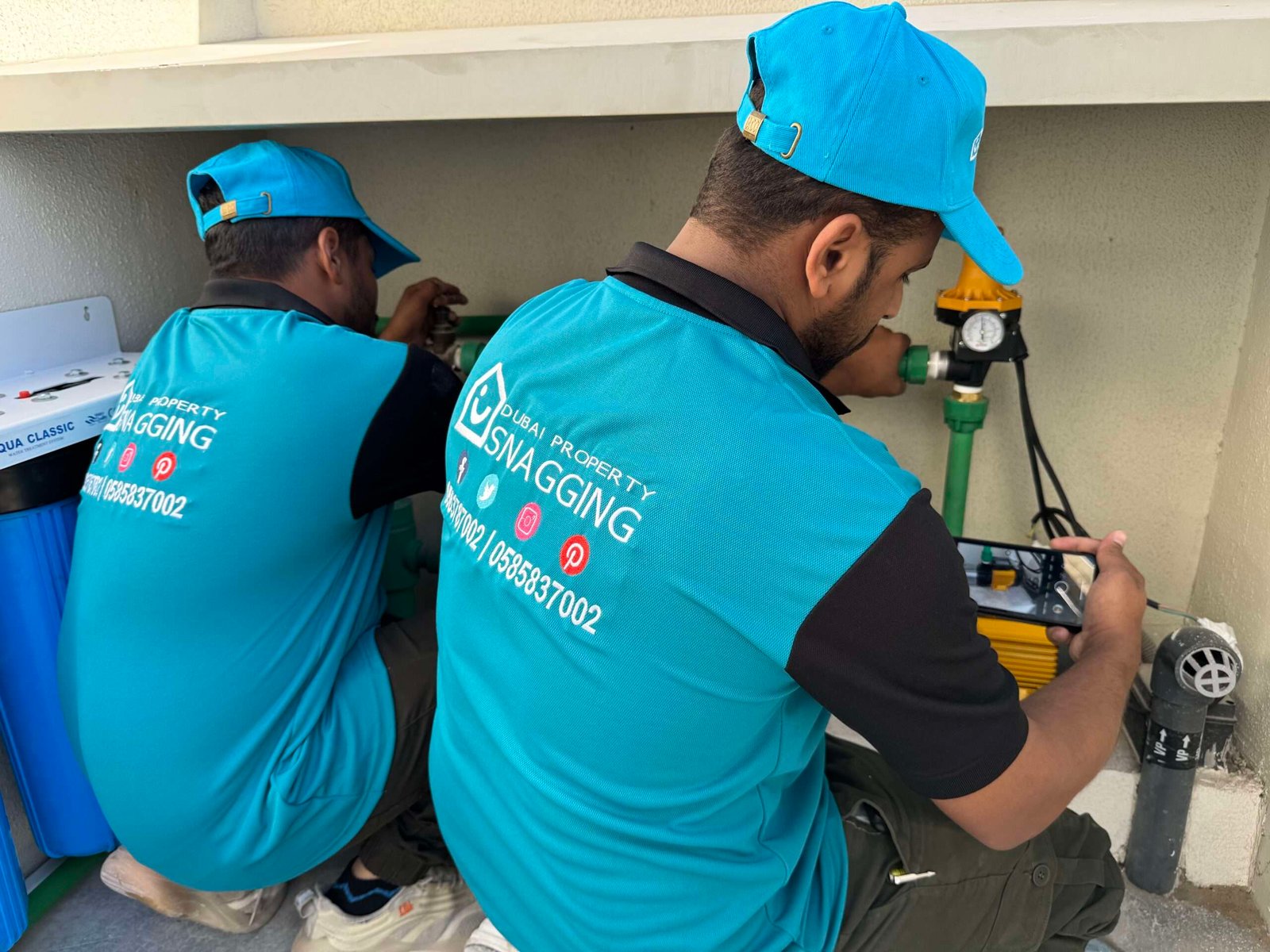Snagging and Rental Yield: Boost Your Investment Returns
For property investors, especially those focused on rental income, securing high returns on investment (ROI) is the ultimate goal. One of the most effective ways to maximize rental yield is by ensuring that the property is in top condition from the outset. Snagging is an essential process that plays a pivotal role in achieving this goal. By identifying property defects early on, snagging helps prevent costly repairs, enhances the appeal of the property to tenants, and ultimately leads to higher rental yields. In this blog, we will explore the connection between snagging and rental yield, highlighting the importance of a comprehensive property inspection and how it boosts investment returns.
What is Snagging?
Snagging refers to the process of identifying and addressing property defects or issues that may arise before the final handover of the property. Typically, snagging is carried out during a handover inspection, where professional snagging engineers meticulously inspect the property for faults, both major and minor. These defects could range from cosmetic issues like chipped paint to more significant problems like faulty plumbing or electrical wiring. A detailed snagging report is generated to document all issues, providing a clear plan of action for necessary repairs.
For rental property investors, snagging is crucial as it ensures the property is ready for tenants without any hidden defects that could hinder the rental process or cause dissatisfaction.
Why Snagging Matters for Rental Yield
Ensuring High-Quality Standards
One of the primary reasons for snagging is to ensure that the property meets high-quality standards. A property with visible defects or safety issues may not attract quality tenants, or if tenants are already in place, they may become dissatisfied and move out sooner. This can result in higher vacancy rates and, ultimately, reduced rental yield. By performing a thorough property inspection before the property is listed for rent, investors can ensure that the property is in pristine condition and meets all necessary quality assurance standards, ensuring tenant satisfaction and minimizing turnover.
Minimizing Future Repair Costs
When investors overlook snagging before finalizing a deal, they risk overlooking defects that could become costly repairs down the road. These issues may not be immediately apparent, but over time they can affect the livability and attractiveness of the property. For example, minor cosmetic defects, such as cracks in walls or leaking faucets, can quickly escalate if left untreated, leading to more significant problems and expensive repairs. By addressing these issues early, snagging helps investors save on future repair costs, which can eat into their rental yield and overall profitability.
Increasing Tenant Retention
A property that has been properly inspected and snagged before being rented out is more likely to retain tenants. Tenants appreciate living in a well-maintained home with no visible defects or unresolved issues. By ensuring that all issues are fixed before tenants move in, investors can significantly improve tenant retention, reducing vacancy periods and keeping their rental yield steady. Regular inspections and timely repairs also contribute to maintaining a high standard of living, which is a key factor in keeping tenants happy.
When Should Snagging Be Done to Maximize Rental Yield?
Pre-Handover Snagging
The best time for snagging is before the property is handed over to the new owner or tenant. This is especially important for newly constructed properties. A handover inspection should be conducted to ensure that the property is free from defects that could hinder its use or appeal to tenants. Ensuring the property is defect-free right from the start allows investors to command a premium rent and avoid the inconvenience of dealing with repairs after tenants have moved in.
During the Defect Liability Period
If a property is newly built, there is often a defect liability period where the developer is responsible for repairing any defects that arise. During this period, investors should ensure they conduct warranty inspections to check for any issues that need to be addressed by the developer. Snagging during this phase ensures that any problems are rectified at no cost to the investor, preserving the property’s value and ensuring it’s in the best condition for tenants.
Post-Tenant Move-In Inspections
For properties already being rented out, secondary market inspections can be conducted to identify any new issues that may have cropped up during the tenant’s occupancy. These inspections are essential for maintaining the property’s condition, preventing tenant complaints, and ensuring the property remains attractive to future renters. Addressing defects promptly helps investors avoid unnecessary vacancies and maintain a steady stream of rental income.
How Does Snagging Boost Rental Yield?
Protecting the Property’s Value
Snagging helps preserve the value of the property by ensuring all defects are addressed before the property is put on the rental market. A well-maintained property that has undergone thorough inspections is more attractive to potential tenants and retains its value over time. This is especially important in competitive rental markets like Dubai, where tenants have many choices. Properties that are defect-free and well-maintained are more likely to command higher rent and be leased out faster, resulting in increased rental yield for the investor.
Faster Leasing and Reduced Vacancy
A detailed snagging report assures investors that the property is in prime condition, making it more appealing to prospective tenants. Properties that are well-maintained and free from defects typically rent out faster than those with visible issues. Reducing vacancy periods is a key component of boosting rental yield, as prolonged vacancies can erode the overall return on investment. By ensuring the property is in top condition, snagging helps reduce the time it takes to find tenants and boosts rental income.
Higher Rent Premiums
Investors can often command higher rental rates for properties that are in pristine condition and free of defects. A well-maintained property with no issues will attract tenants who are willing to pay a premium for a high-quality living space. By ensuring that all defects are addressed through snagging, investors can maximize their rental yield by charging higher rent and improving the overall value of the property.
Conclusion
In conclusion, snagging plays a vital role in boosting rental yield for property investors. By ensuring that the property is free from defects, investors can increase tenant satisfaction, reduce vacancy rates, and maintain a higher rental rate. Whether you’re investing in Dubai properties, a new build, or a secondary market property, snagging helps protect your investment, minimize future repair costs, and ensure the property remains attractive to tenants. For a higher return on investment and long-term success in the rental market, make sure to prioritize snagging as part of your property investment strategy.




